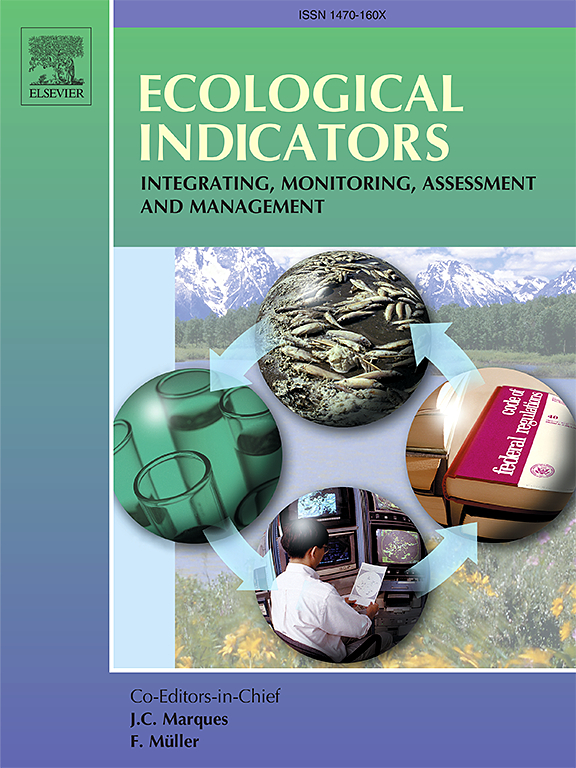Unstable changes in ecological quality of the four major sandy lands in northern China based on Google Earth Engine
2025-02-01 null null 171(卷), null(期), (null页)
Based on the Google Earth Engine (GEE) platform, this study constructed a Remote Sensing-based Ecological Index (RSEI) model for four major sandy lands in northern China from 2000 to 2022. RESI incorporates a Bayesian Estimator of Abrupt change, Seasonal change, and Trend (BEAST) to mine abrupt change years and key information within the time series data. Moreover, it combines Geographical Detector (GD) to conduct a detailed quantitative study on the spatiotemporal variation and driving mechanisms of the Ecological Quality (EQ) in these sandy lands at different times and discusses possible causes for abrupt changes in the EQ. The results indicated that from 2000 to 2022, the EQ of all four major sandy lands improved to varying degrees. However, the introduction of BEAST revealed that the RSEI of all four sandy lands experienced abrupt changes in the latter half of the study period, with the EQ in the Horqin and Hulun Buir showing potential for continued improvement post-change. By contrast, the EQ of the Mu Us and Otindag showed a downward trend within certain intervals, indicating instability under adverse natural conditions. Regarding the driving mechanisms, the spatial distribution of the EQ in the four sandy lands was influenced by natural and anthropogenic factors, displaying complex interactions of driving factors within each sandy land. Among them, in the Mu Us, Otindag, and Hulun Buir, natural factors played a dominant role, whereas in the Horqin, anthropogenic factors played a dominant role.
相关推荐
- Spatiotemporal variability of groundwater chemistry, source identification and health risks in the southern Chinese Loess Plateau [2025-02-01]
- Assessing water use efficiency reactivity to meteorological, hydrological, and agricultural droughts on the Mongolian Plateau [2025-02-01]
- Spatio-temporal patterns and control mechanism of the ecosystem carbon use efficiency across the Mongolian Plateau [2025-02-01]
- Vegetation Dynamics and Its Response to Extreme Climate on the Inner Mongolian Plateau during 1982-2020 [2025-02-01]
- Statistical characteristics of production safety accidents and its strategy implications for administrators in Inner Mongolia [2025-02-01]



